When it comes to choosing the right cooktop for your kitchen, the debate between gas and induction is a hot topic—literally. Both options have their advantages and drawbacks, but with the evolution of kitchen technology and growing safety concerns, induction cooktops are rapidly becoming the preferred choice for modern homes.
What Is a Gas Cooktop?
A gas cooktop uses an open flame powered by natural gas or propane. It’s the traditional choice found in many homes and favored by professional chefs for its instant heat control and visual feedback.
- Harder to clean: Burner grates and open flames mean spills and food debris are common.
- Less energy-efficient: Heat is lost around the sides of the pot or pan.
- Requires gas line installation: Not every kitchen is equipped for it.
What Is an Induction Cooktop?
An induction cooktop uses electromagnetic energy to directly heat cookware, rather than the cooktop surface itself. It’s a modern and energy-efficient option that’s growing in popularity for its sleek design and fast performance.
- Fast heating: Boils water up to 50% faster than gas.
- Energy-efficient: Almost all the heat goes into the pan, reducing waste.
- Cooler surface: The cooktop stays relatively cool, making it safer to touch.
- Easy to clean: Smooth glass surface wipes clean easily.
- Modern features: Many models offer smart touch controls, timers, and child locks.
Gas vs Induction Cooktop
| Feature | Gas Cooktop | Induction Cooktop |
|---|---|---|
| Heat Control | Excellent (visual flame) | Excellent (precise settings) |
| Speed | Slower | Faster (boils quickly) |
| Efficiency | Lower (more heat loss) | Higher (direct to cookware) |
| Cookware | All types | Magnetic-compatible only |
| Cleaning | Difficult | Easy |
| Safety | Open flame | Safer (no flame, cooler surface) |
| Installation | Requires gas line | Requires dedicated circuit |
| Cost | Lower initial cost | Higher initial cost |
The Hidden Dangers of Gas Cooktops
While gas cooktops have been a staple in many kitchens for decades, they come with significant safety and health risks:
- Carbon Monoxide & Nitrogen Dioxide: Burning natural gas releases harmful gases such as carbon monoxide and nitrogen dioxide. These pollutants can lead to respiratory issues, especially for children, the elderly, and those with asthma.
- Risk of Fire: Open flames can easily ignite flammable items like dish towels, clothing, or cooking oils.
- Gas Leaks: A faulty valve or connection can result in a gas leak, increasing the risk of explosions or poisoning.
- Poor Indoor Air Quality: Gas stoves have been linked to increased indoor air pollution, contributing to long-term health problems if ventilation is inadequate.
Induction cooktops offer a cleaner, safer, and more energy-efficient alternative to gas.
- Safety First: With no open flames and automatic shut-off when cookware is removed, induction cooktops significantly reduce fire hazards.
- Eco-Friendly: Induction cooking is more energy-efficient, reducing overall energy consumption and greenhouse gas emissions.
- Smart Technology: Many modern induction cooktops come with advanced features such as child locks, touch controls, and timers for precision cooking.
If you’ve decided to buy an induction cooktop, here’s some information you might find useful.
Do Induction Cooktops Get Hot?
Yes, induction cooktops can get hot, but not in the same way as gas or traditional electric cooktops.
- The cooktop doesn't produce heat on its own—only the pan gets hot.
- The surface can get warm, but it cools much faster than gas or electric stoves.
What Are the Disadvantages of an Induction Cooktop?
- Cookware limitations: Only works with magnetic pots and pans (e.g., cast iron, stainless steel).
- Higher upfront cost: Initial investment is often more than gas.
- Requires electricity: Won’t function during power outages.
Is Induction Cheaper to Run than Gas?
Yes, induction cooktops are generally cheaper to run than gas. This is because induction cooking is more energy-efficient, converting about 85–90% of the energy into heat for cooking, compared to gas, which only uses around 40–55% of the energy. The rest of the energy from gas is lost to the surroundings, making it less efficient.
Induction cooktops heat up faster, reducing cooking times and, in turn, energy consumption. Gas cooktops, on the other hand, require more energy to maintain a consistent flame and tend to heat up and cool down more slowly.
In addition, the cost of electricity used by induction cooktops is generally lower than the price of gas in many areas, especially as electricity becomes greener and more affordable.
In summary, induction cooking is typically more cost-effective when considering both efficiency and energy prices, especially for those who cook regularly.
Related: Do Induction Cooktops Use a Lot of Electricity
Are All Glass Cooktops Induction
No, not all glass cooktops are induction. While induction cooktops have a glass surface, the glass itself is not what makes a cooktop induction.
There are other types of glass cooktops that use electric heating elements underneath the glass. These include:
Ceramic cooktops: They use radiant heat from coils or halogen lamps beneath the glass surface to heat the cookware. These cooktops are not induction, and they work by heating up the surface, which then transfers heat to the pot or pan.
Gas cooktops with glass surfaces: Some gas cooktops have glass surfaces but still rely on an open flame to heat the cookware, making them not induction either.
Related: induction vs electric
How to Use an Induction Cooktop
There are many types of induction hobs. Here is a single induction hob from Ciarra Gadget.

How to Use the Ciarra Gadget Single Induction Cooktop

Place the Cooktop
Start by placing the induction cooktop on a dry, flat surface in your kitchen. Ensure that the area is free of moisture to ensure safe operation.
Place Compatible Cookware
Select magnetic cookware that is compatible with induction cooking. Position the cookware in the designated cooking zone (1) on the induction hob. Ensure the bottom of the cookware is clean to maintain optimal performance.
Connect the Cooktop
Insert the plug into a 230V outlet. Once plugged in, the cooktop will emit a beep and enter standby mode.
Turn the Cooktop On
Press the ON/OFF button (3) to turn the induction cooktop on. The display window will show [ON], indicating that the device is powered up and ready to use.
Set Power or Temperature Mode
To adjust the power, press the Power/Temperature Mode Selection Button (8). The display will show [1300], representing the default power level of 1300W.
Use the "+/-" buttons (6/7) to adjust the power level. The "+" button (7) increases the power, while the "-" button (6) decreases it. There are 8 power levels:
P1: 200W/ P2: 500W/ P3: 800W/ P4: 1000W/ P5: 1300W/ P6: 1600W/ P7: 1800W/ P8: 2000W
To switch to temperature mode, press the Power/Temperature Mode Selection Button (8) again. The default temperature of 180°C will display. You can then adjust the temperature level using the "+/-" buttons (6/7). The available temperature settings are:
80°C, 100°C, 130°C, 160°C, 180°C, 200°C, 220°C, 240°C.
Set the Timer
If you want to set a cooking time, press the Timer Button (5). The display will show the default timer of [0:30] (30 minutes), and the time will flash. Use the "+/-" buttons (6/7) to adjust the cooking time, which can be set from 1 minute to 4 hours.
Press and hold the "+/-" buttons (6/7) to increase or decrease the time by 10 minutes.
Once you’ve set the desired cooking time, wait 5 seconds for the timer to start. The display will alternate between showing the power/temperature and the remaining time.
When the timer reaches zero, the cooktop will beep and turn off automatically.
Note: To cancel the timer during cooking, simply press the Timer Button (5) again.
Activate the Child Lock
For added safety, you can activate the Child Lock feature by pressing and holding the [4] button for 3 seconds. The display will show [Loc], indicating that the cooktop is locked.
To deactivate the child lock, press and hold the [4] button again for 3 seconds.
Turn Off the Cooktop
Once cooking is complete, press the ON/OFF button (3) to turn off the cooktop.
Note: If the cookware is removed during cooking, the cooktop will continue to beep for 60 seconds, and E0 error code will appear on the display. The cooktop will automatically shut off. Simply place the cookware back on the hob, and follow the previous steps to continue cooking.
Cooling Down
After turning off the cooktop, the fan will continue running to cool the unit. The display will show [H] until the temperature of the cooktop falls below 50°C.
What Power Setting for Medium Heat on Induction Cooktop?
If you're using a cooktop with 8 power levels, such as the Ciarra induction cooktop:
-
Power Level P4 (1000W) or P5 (1300W) would be ideal for medium heat.
Always keep in mind that induction cooktops heat up quickly, so you might need to adjust the power slightly depending on the specific dish you're cooking and the size of your cookware.
Let me know if you'd like more tips on using the cooktop!
Does an Induction Cooktop Need a Vent?
Yes, an induction cooktop does need a vent, but in a different way than gas cooktops. While induction cooking does not produce open flames or fumes like gas, it can still generate heat and cooking odors, especially when cooking foods with strong smells or when you’re doing high-heat cooking like frying. In such cases, having a vent or exhaust system to help circulate air and keep your kitchen cool and fresh can be beneficial.
For those who want a more flexible and portable solution, Ciarra’s Portable Range Hood is a great choice. It's not only compact and easy to use, but it also provides great control over heat without taking up much space. You can use it in any room, whether you're cooking in a small kitchen, outdoors, or in a temporary setup. The cooktop’s lightweight design makes it easy to move around, and it comes with multiple power settings for various cooking needs.

You may be interested in:
Top Portable Range Hoods with Carbon Filters in 2025

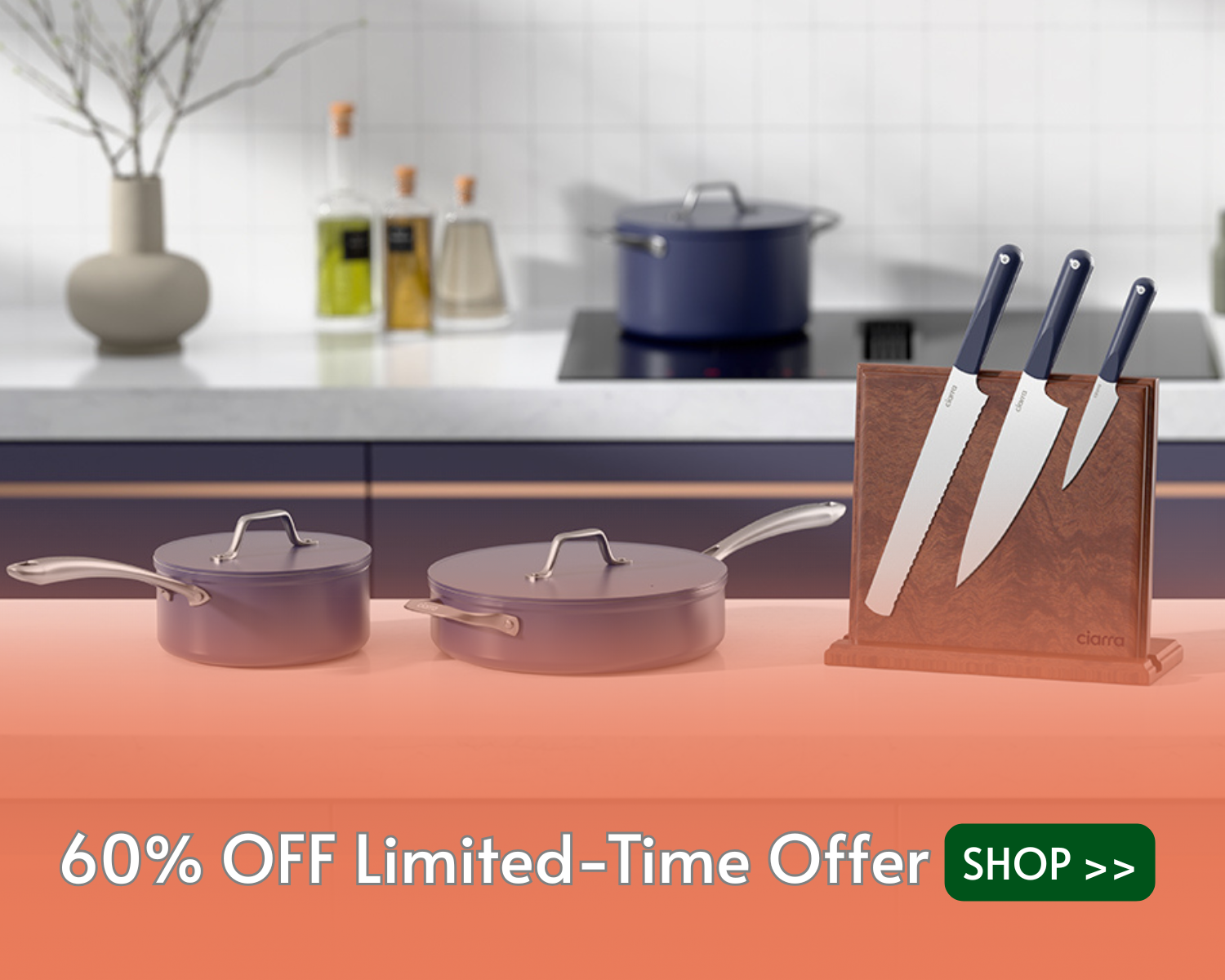


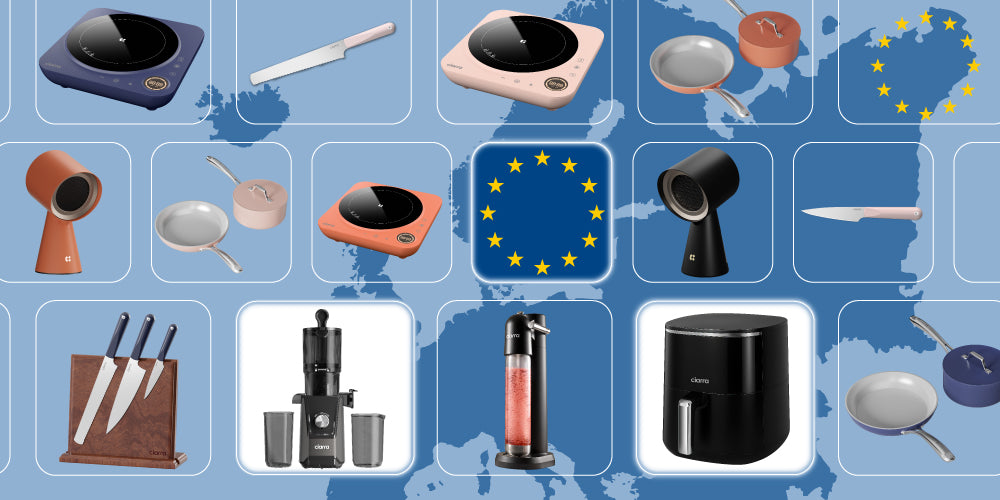
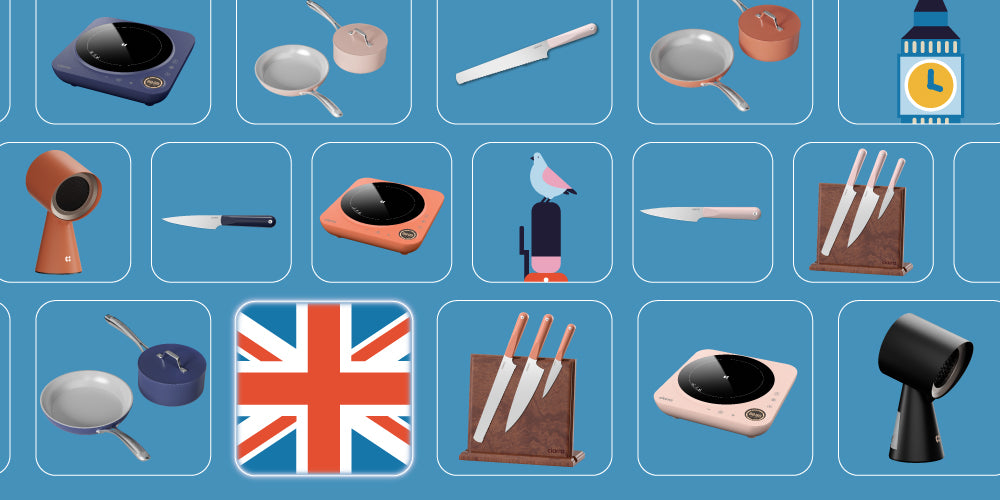
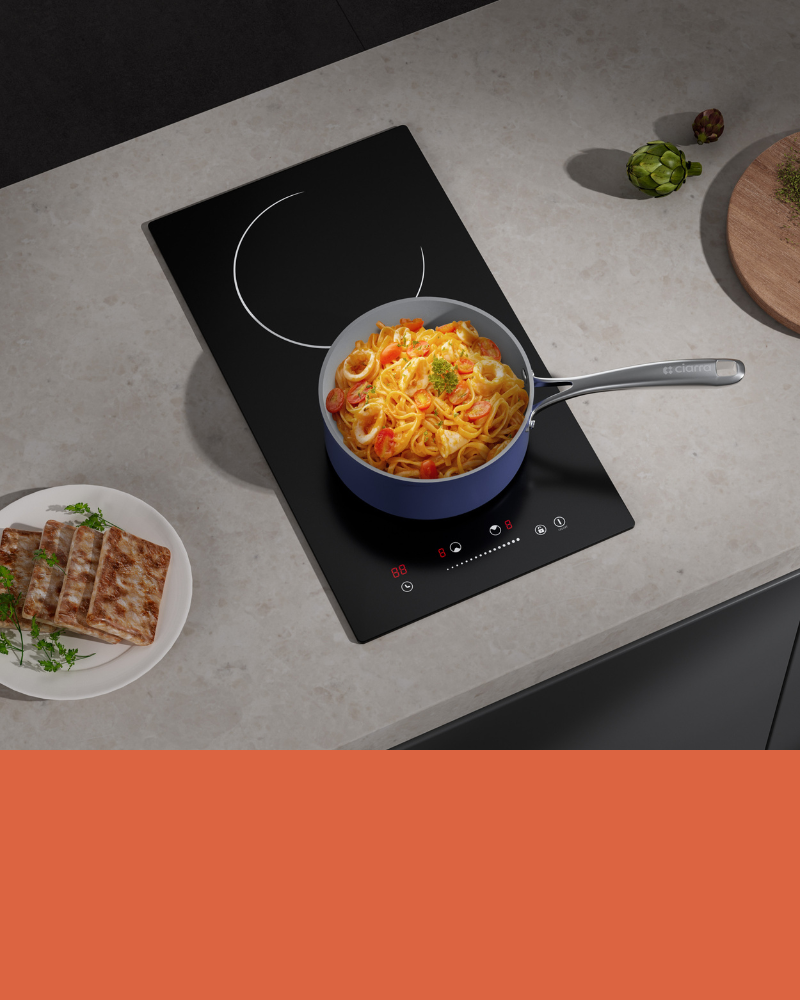
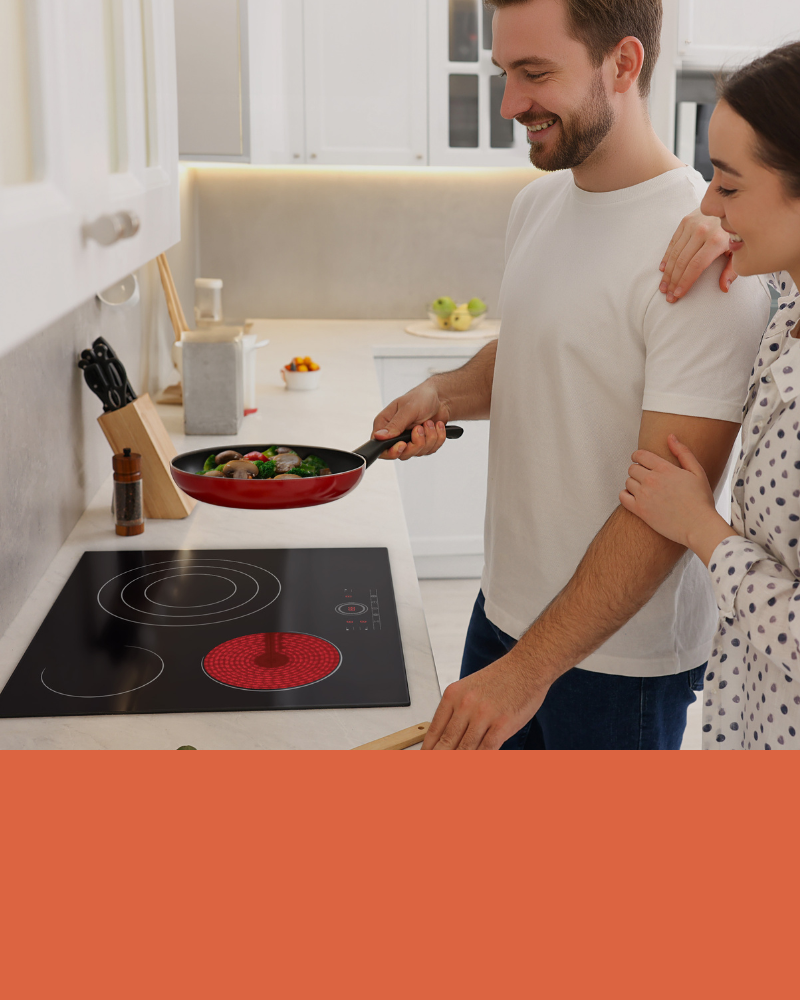
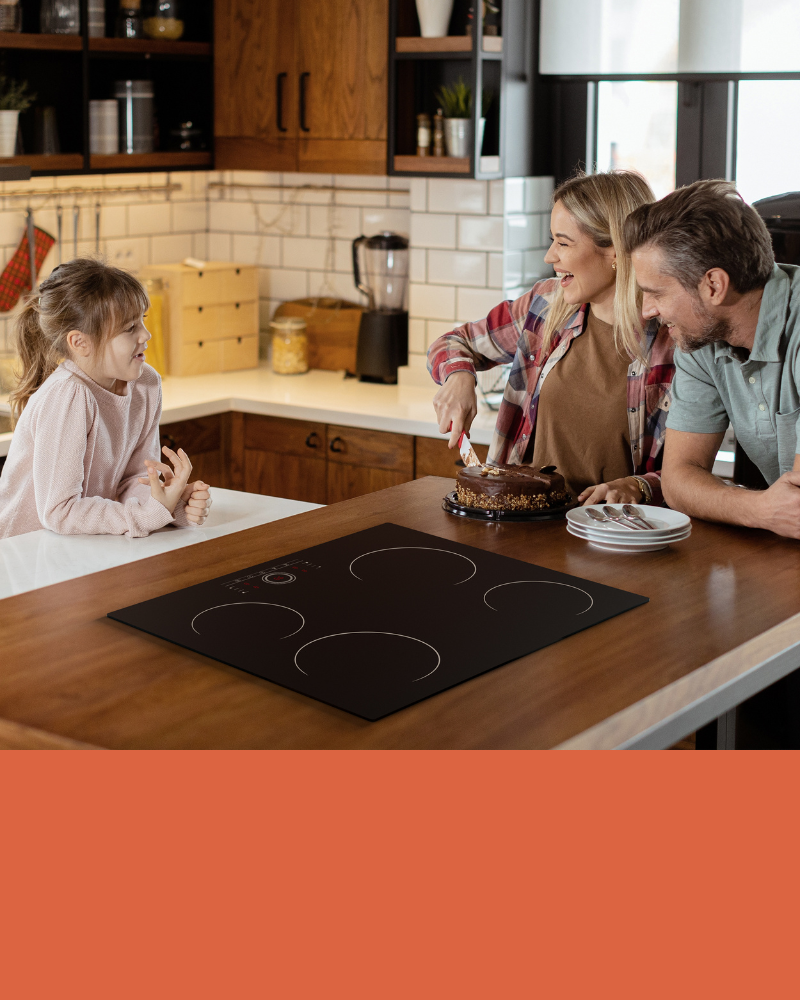
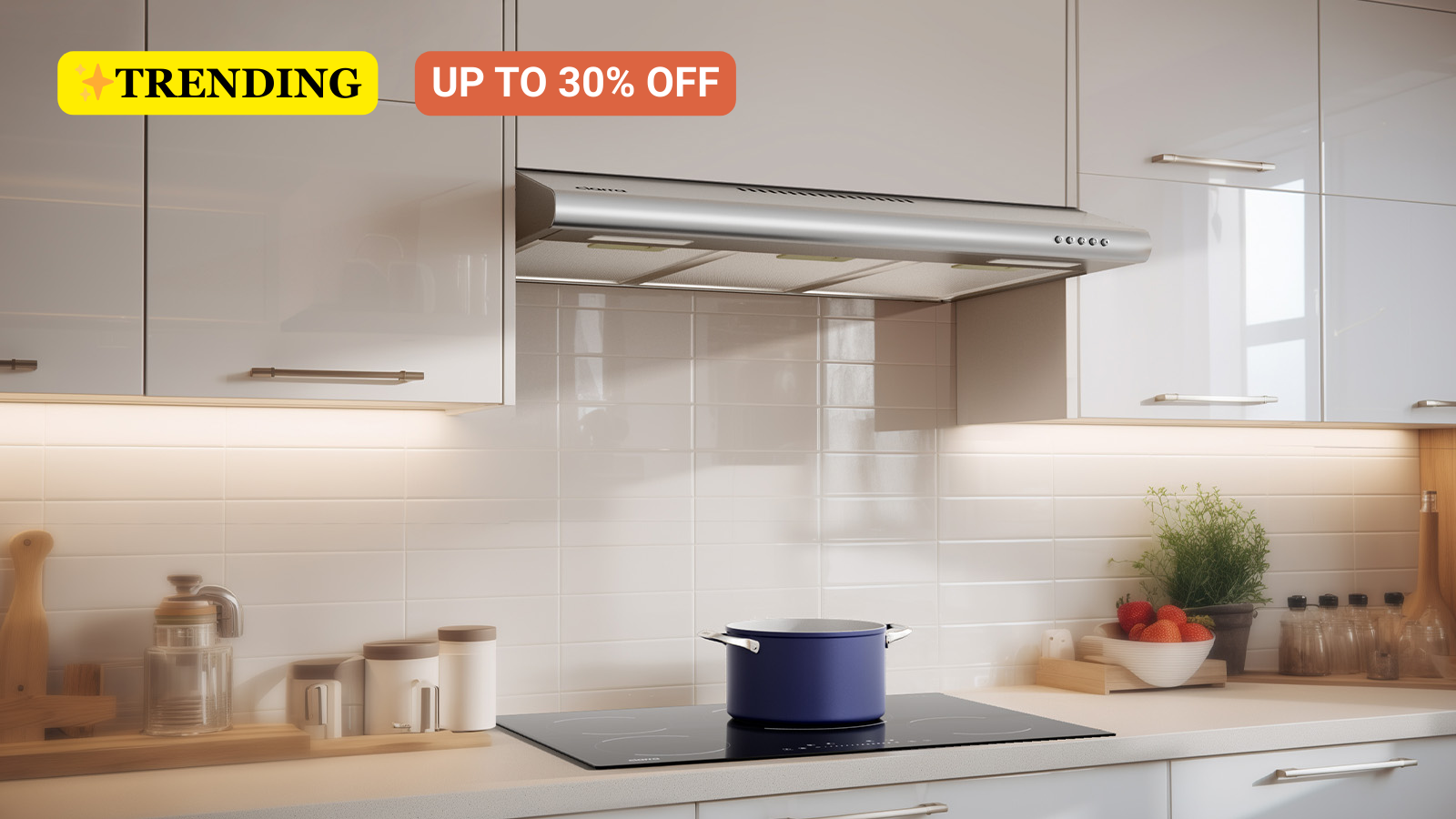
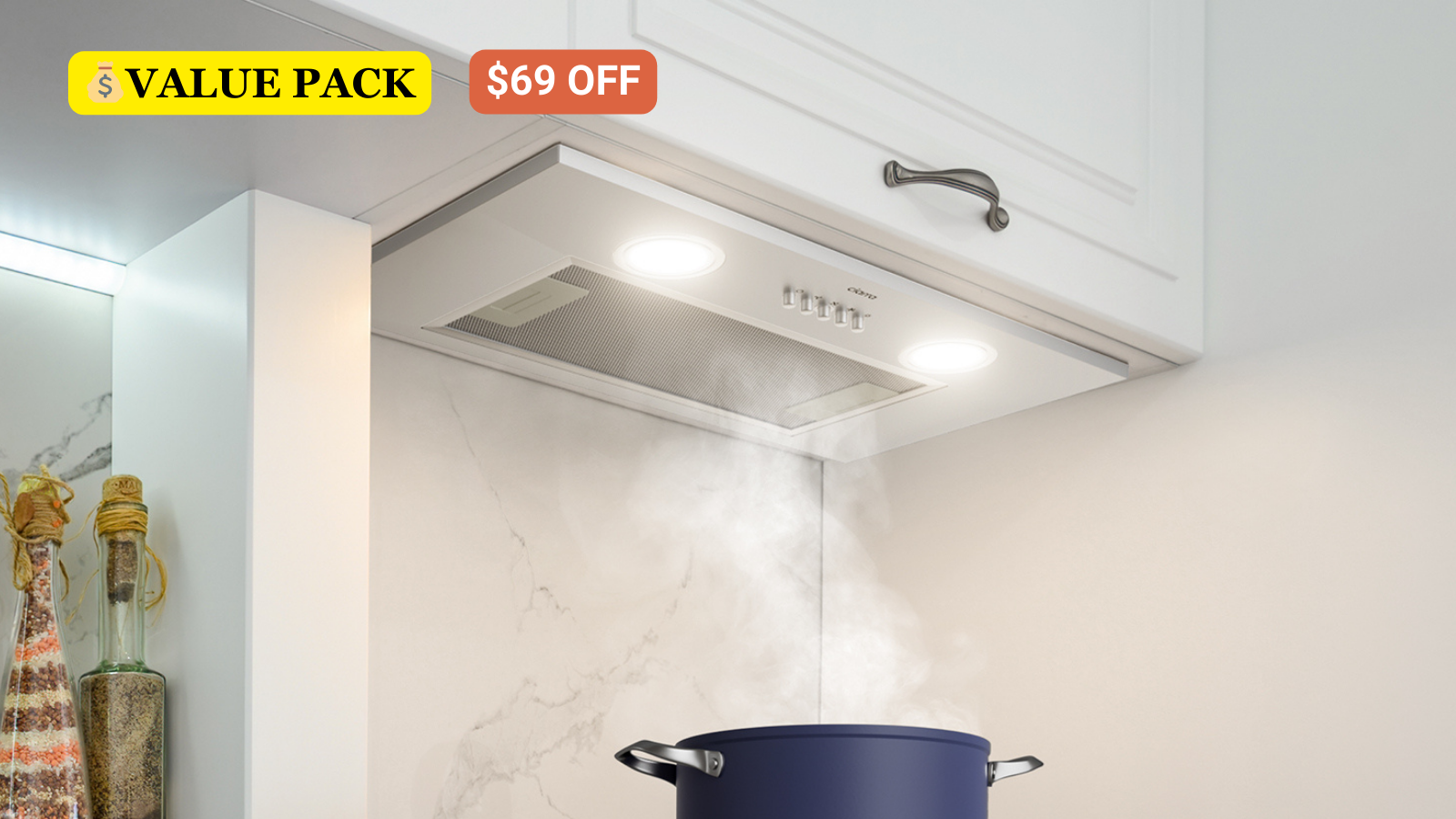
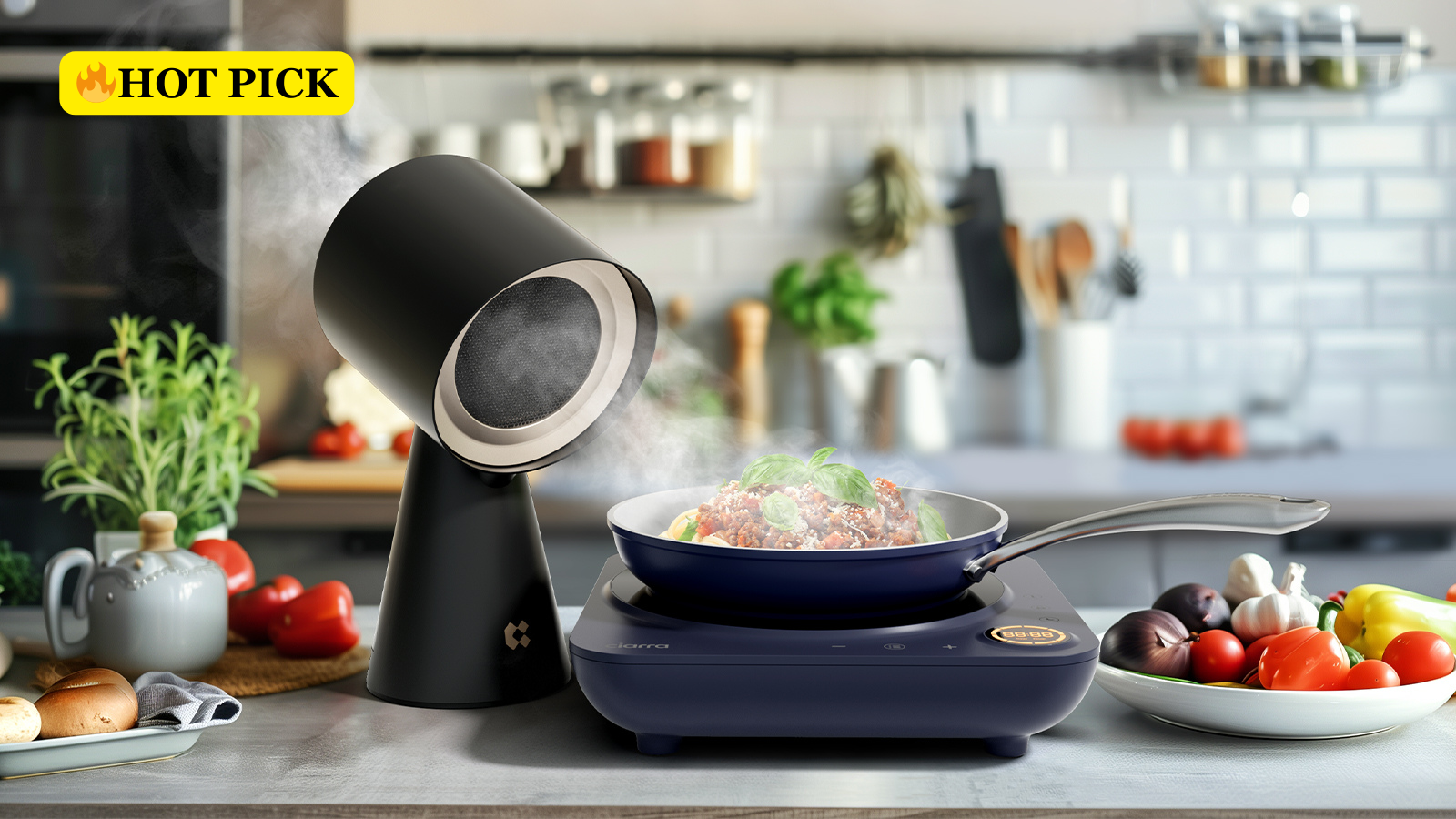
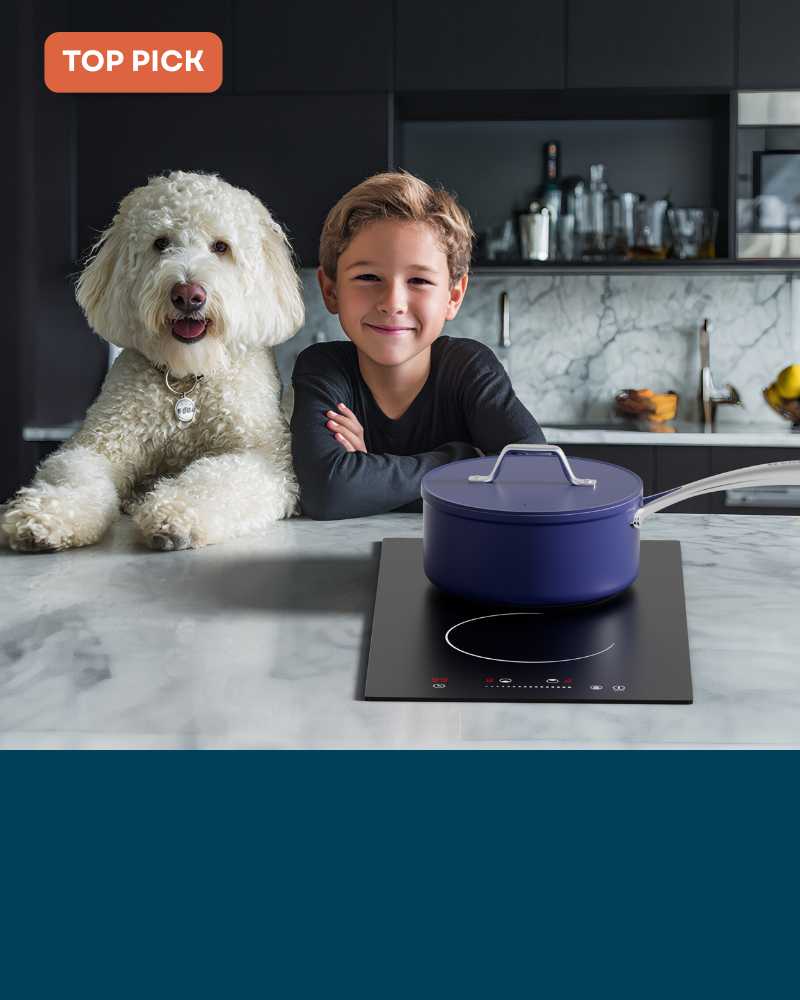
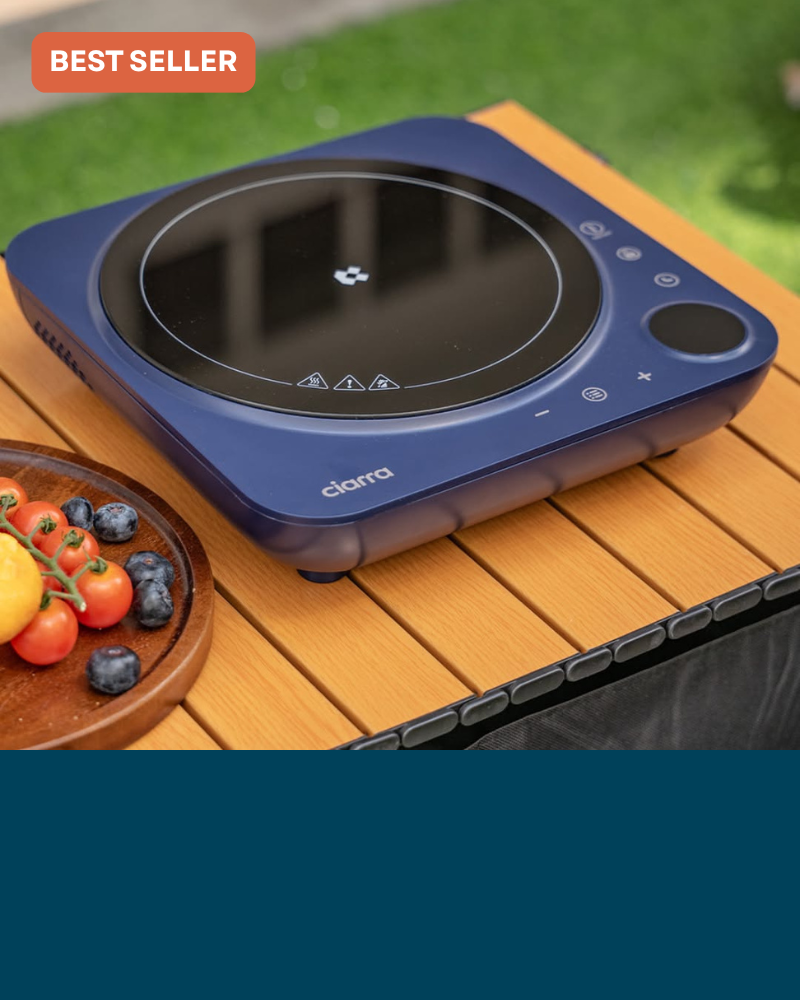
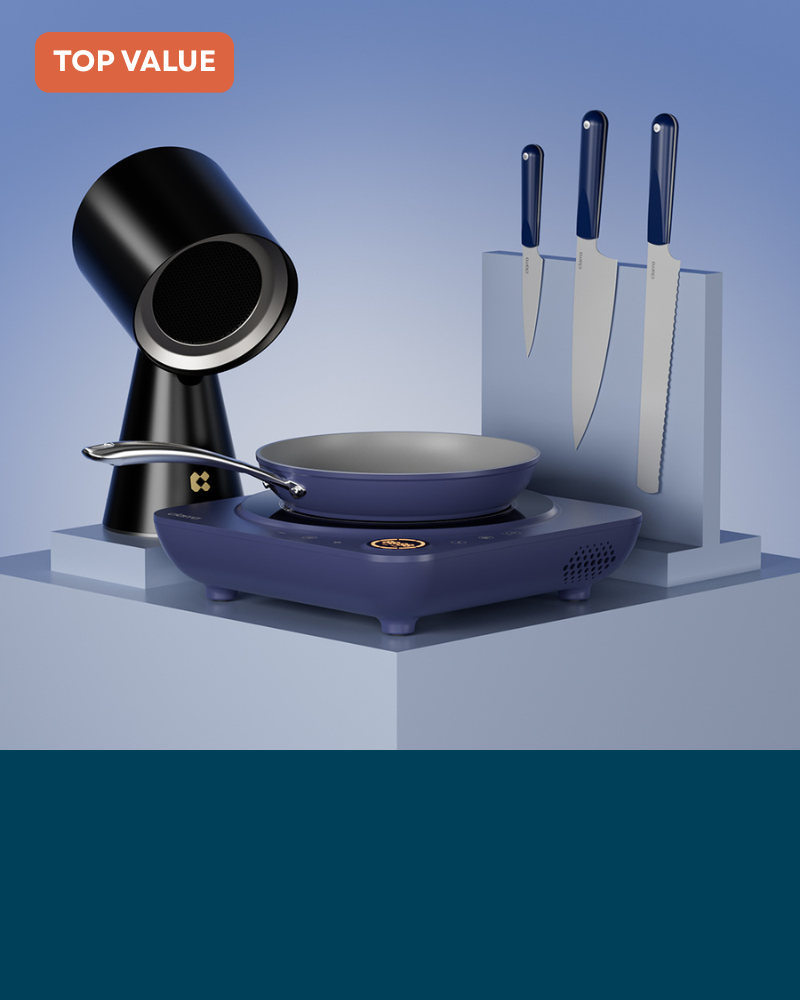
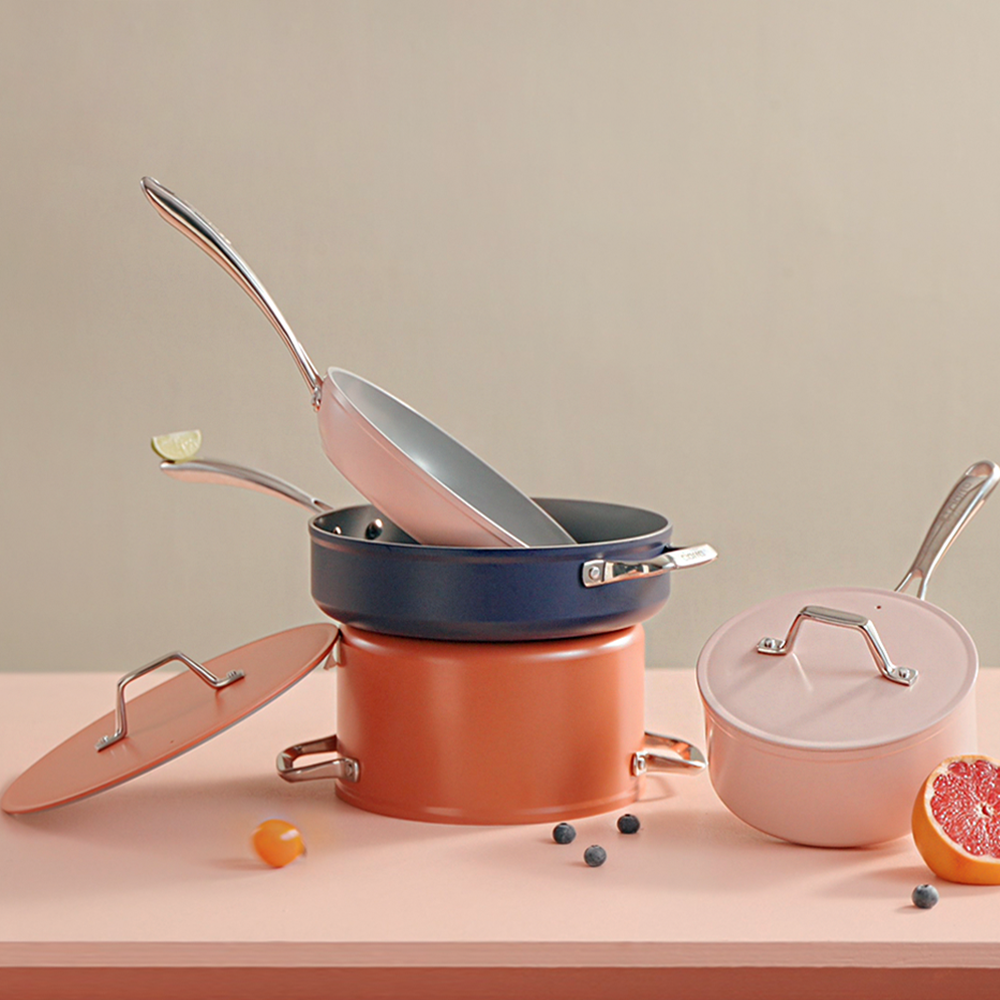
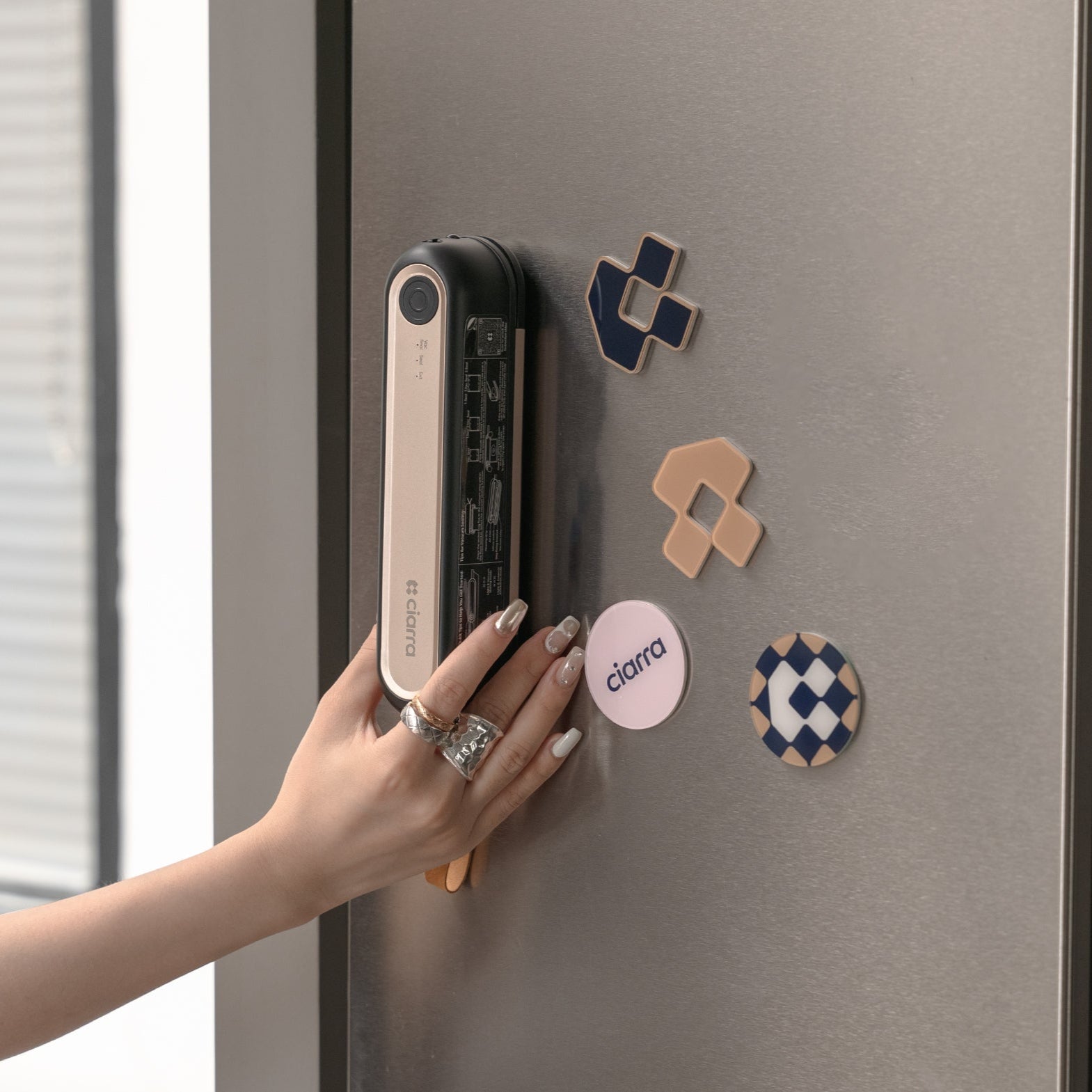
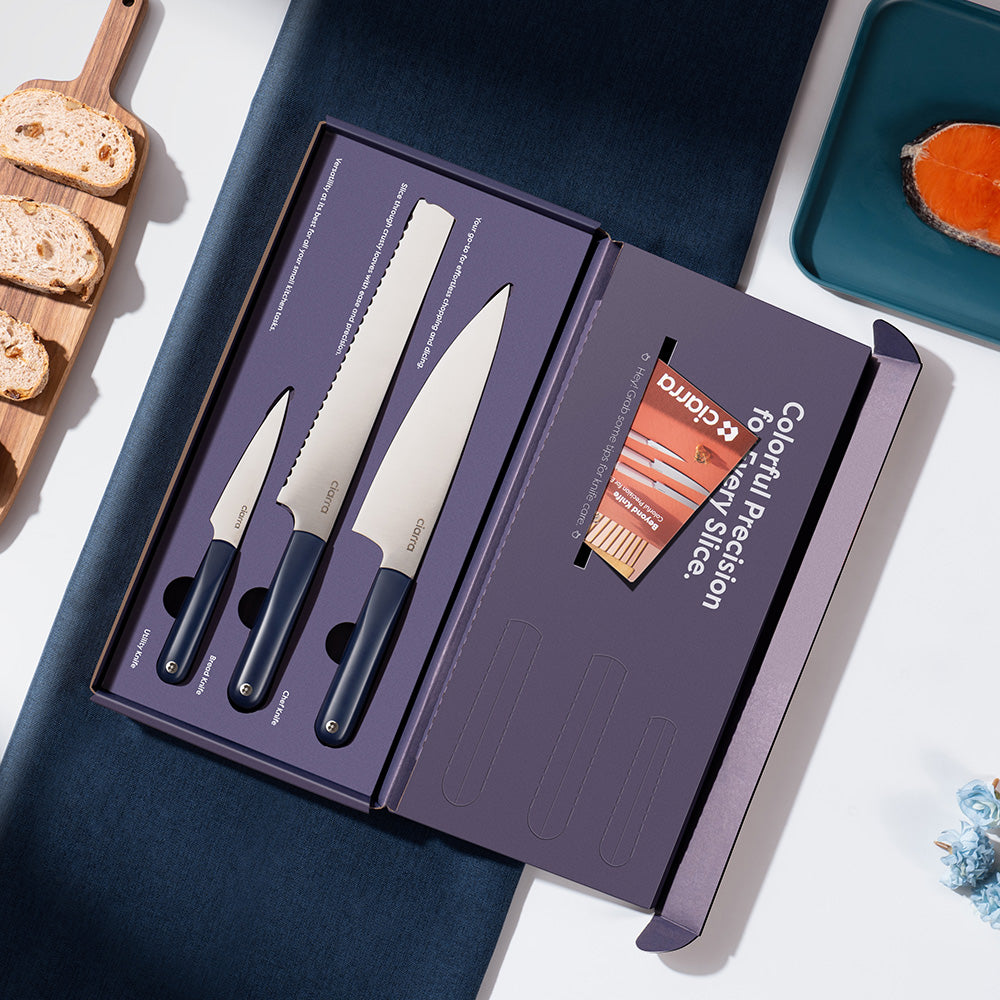



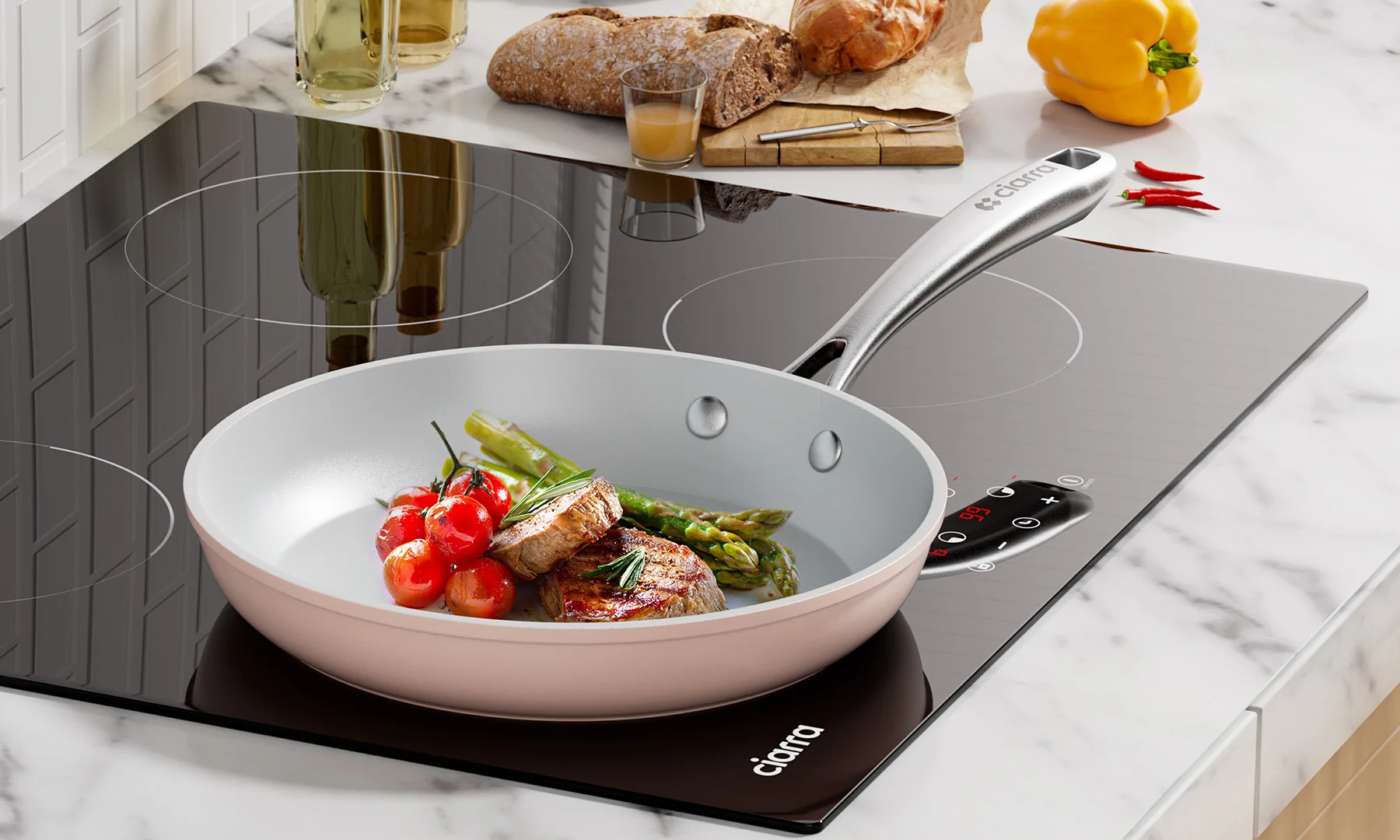
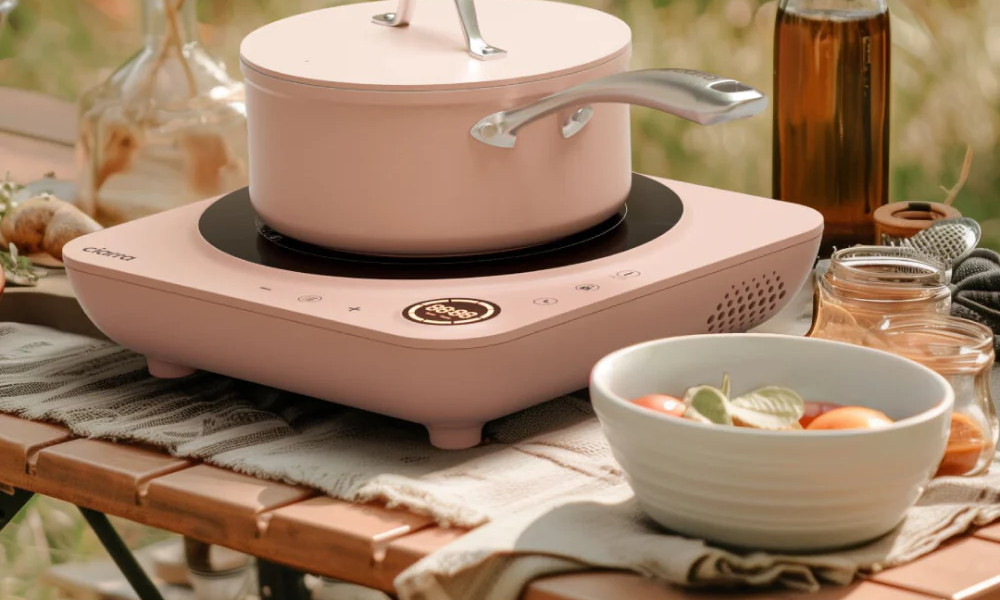
Leave a comment
All comments are moderated before being published.
Este site está protegido pela Política de privacidade da hCaptcha e da hCaptcha e aplicam-se os Termos de serviço das mesmas.